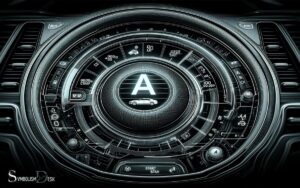Flashing Car With Key Symbol: immobilizer!
The flashing car with key symbol on a vehicle’s dashboard is an indicator of the car’s immobilizer system being engaged.
This means that the car does not recognize the key or fob being used and is preventing the engine from starting to prevent potential theft.
The immobilizer is an electronic security device fitted to an automobile that prevents the engine from running unless the correct key or fob is present.
This is achieved by using a transponder chip embedded in the key or fob, which transmits a unique signature to the car’s immobilizer system.
If the signal matches, the car starts; if not, the symbol will flash, and the vehicle will not start. This helps reduce the risk of car theft, as hot-wiring will not bypass this system.
Factors that can cause the key symbol to flash include:
If you attempt to start your car and the key symbol blinks, it’s likely that the car’s security system does not recognize the key. Replacing the battery in the key fob or using a spare key can sometimes resolve the issue.
A flashing car with a key symbol alerts you to security issues. It’s crucial to address this promptly to ensure your vehicle’s safety and operability.
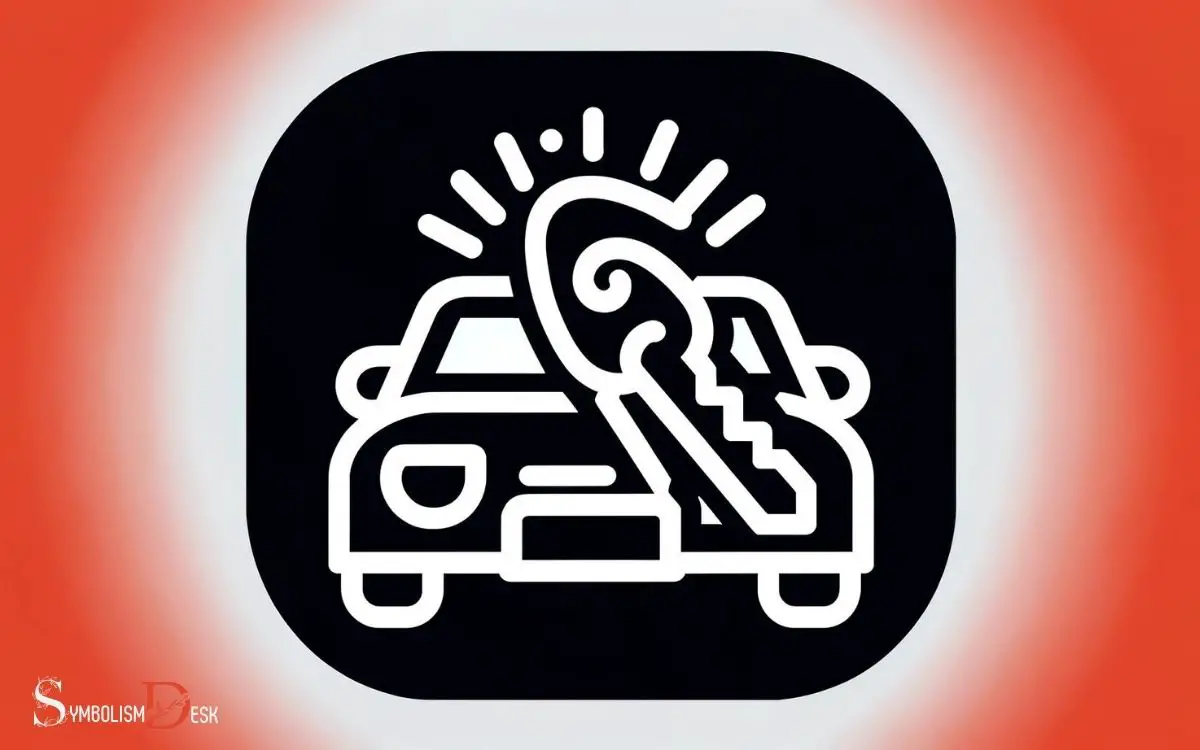
Key Takeaway
Understanding the Key Symbol
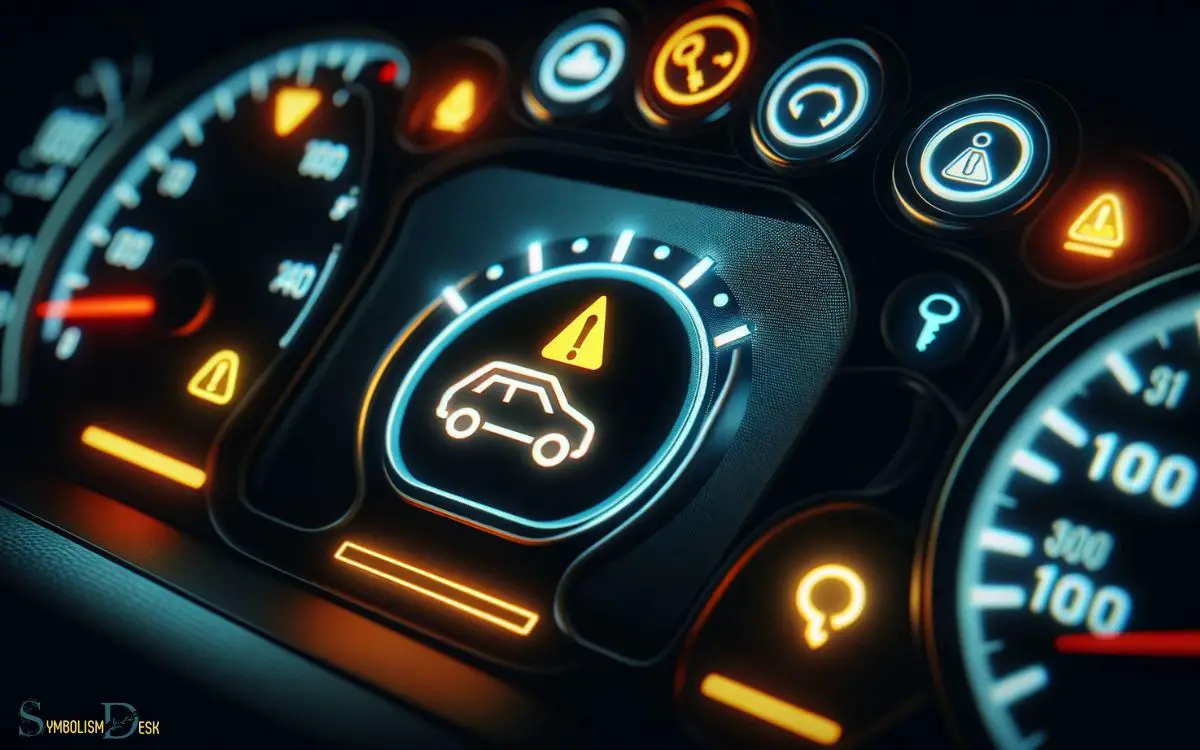
The key symbol in a car dashboard indicates the status of the vehicle’s security system. When this symbol flashes, it often signifies a problem with the immobilizer or the key itself.
The immobilizer is an electronic security device that prevents the engine from running unless the correct key is present.
If the key symbol is flashing, it may mean that the key is not being recognized, or there could be an issue with the immobilizer system.
This can be caused by a faulty key, a dead key fob battery, or a problem with the immobilizer antenna or module.
It is important to have the vehicle inspected by a qualified technician to diagnose and resolve the issue, as driving with a malfunctioning security system can pose a risk.
Common Causes of the Warning
A common cause of the warning symbol flashing on the car dashboard is a faulty key or a depleted key fob battery. This can lead to a loss of communication between the key and the car’s immobilizer system, triggering the warning symbol to appear.
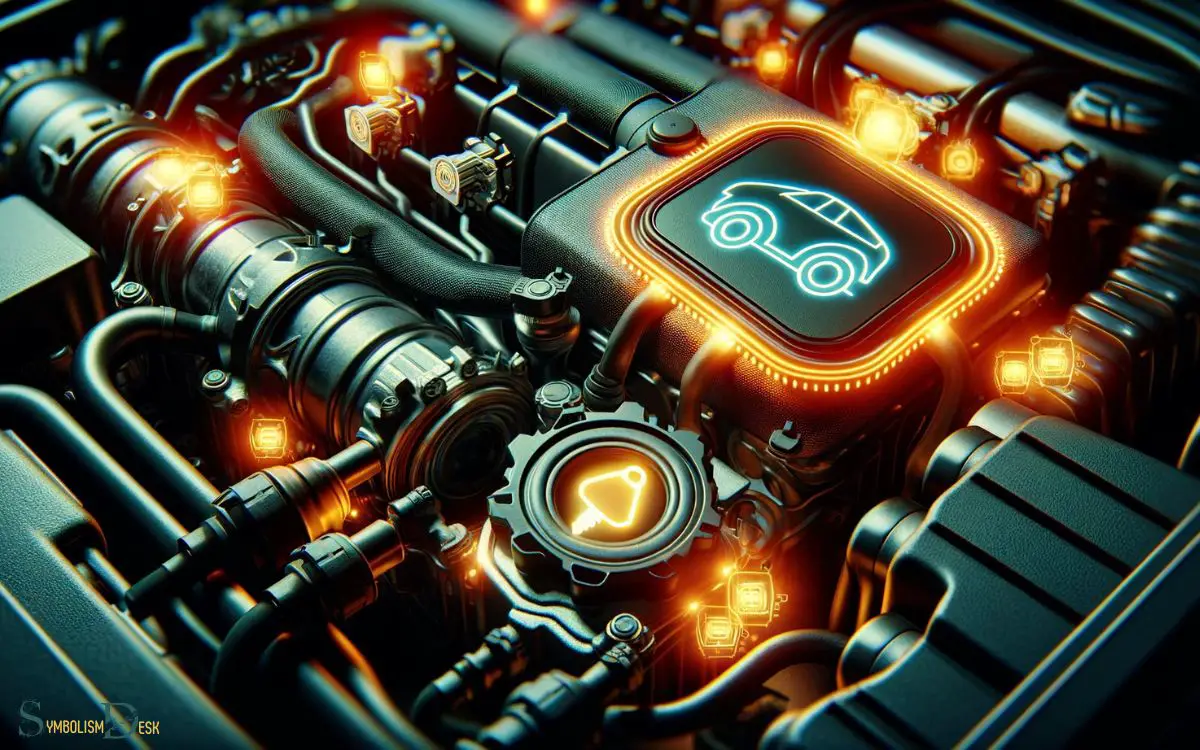
Other common causes include issues with the car’s immobilizer system or electronic control module.
- Faulty key or key fob battery
- Communication issues between key and immobilizer system
- Malfunctioning immobilizer system or electronic control module
Understanding these common causes can help car owners troubleshoot the issue more effectively.
Potential Effects on Vehicle Operation
When experiencing the flashing key symbol in their car, drivers may encounter potential effects on vehicle operation as a result of the communication breakdown between the key and the car’s immobilizer system.
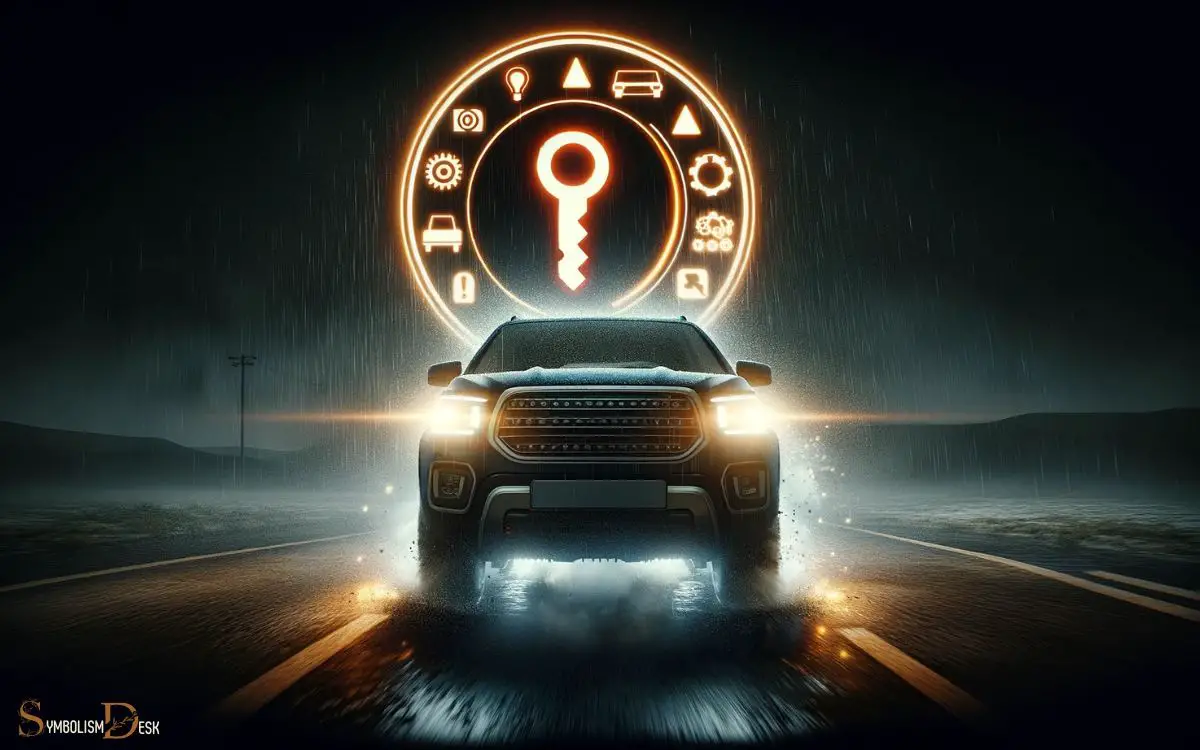
This breakdown can lead to various operational issues, as shown in the table below:
| Potential Effects on Vehicle Operation | Description |
|---|---|
| Engine Starting Issues | The car may not start or may experience difficulty starting. |
| Loss of Power | The vehicle may experience a loss of power while driving. |
| Security System Activation | The car’s security system may be triggered, leading to issues such as the inability to start the engine. |
These effects can significantly impact the driver’s ability to operate the vehicle safely and efficiently. Understanding these potential impacts is crucial in addressing the issue effectively.
Steps to Address the Issue
When encountering a flashing car with a key symbol, addressing the issue requires a systematic approach.
- First, users should check the battery and connections to ensure they are in good condition.
- Next, attempting to use a spare key fob can help determine if the issue lies with the key itself.
- Lastly, resetting the car’s computer may resolve any underlying electronic glitches causing the flashing key symbol.
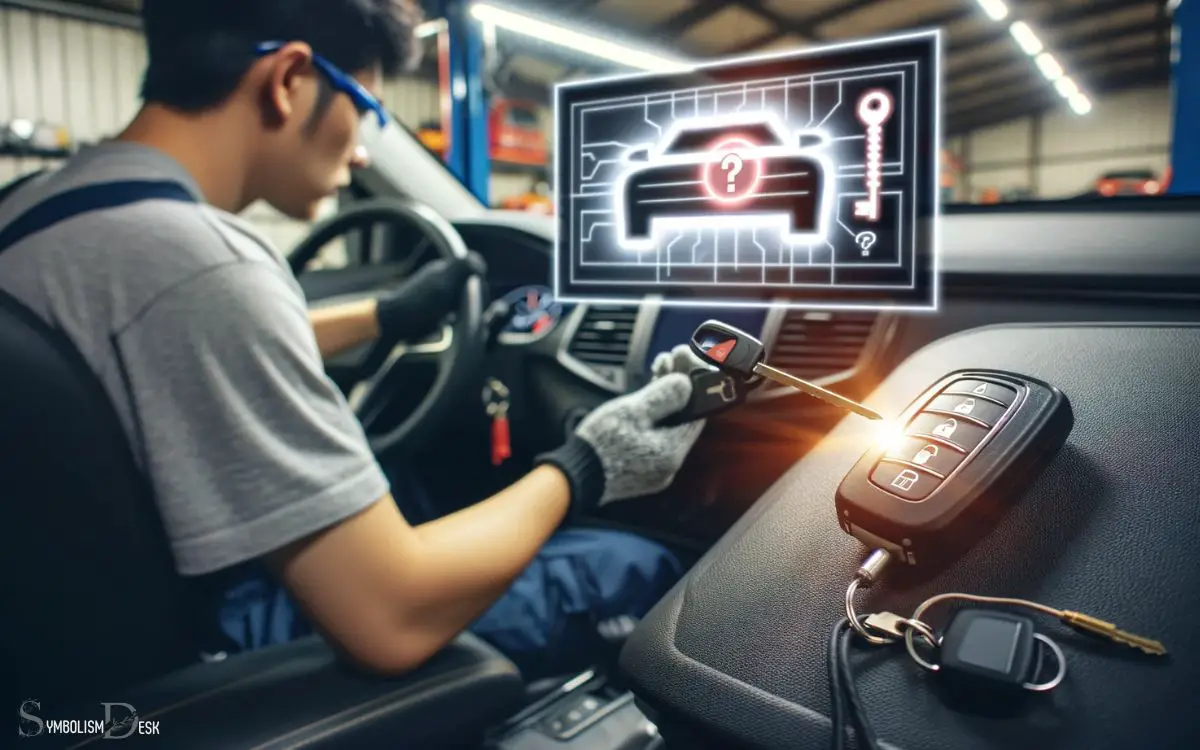
Check Battery and Connections
The first step to address the flashing car with key symbol is to check the battery and connections. This is crucial in ensuring that the vehicle’s electrical system is functioning properly.
Here are the steps to take:
- Inspect the Battery: Check for signs of corrosion on the battery terminals and cables. Clean any buildup using a mixture of baking soda and water. Ensure the battery is securely fastened in place.
- Test the Battery Voltage: Use a multimeter to measure the voltage across the battery terminals. A healthy battery should read around 12.6 volts. Anything significantly lower may indicate a weak or failing battery.
- Examine the Connections: Inspect the wiring and connections for any signs of damage or looseness. Tighten any loose connections to ensure a secure and reliable electrical connection.
Try Spare Key Fob
To address the flashing car with key symbol, an owner can begin by attempting to use a spare key fob. If the primary key fob is not working, it is advisable to try the spare one to determine if the issue lies with the key fob itself. If the spare key fob resolves the issue, it is likely that the original key fob is faulty and may need a new battery or reprogramming. However, if the flashing key symbol on Toyota vehicles persists despite using the spare key, it could indicate a problem with the vehicle’s immobilizer system or a communication error between the key and the car. In such cases, consulting the owner’s manual or seeking assistance from a certified Toyota technician is recommended.
First, locate the spare key fob and ensure it has a fresh battery. Then, stand near the vehicle and press the unlock button on the spare key fob. If the car responds appropriately, it indicates that the problem may indeed be with the original key fob.
However, if the spare key fob also fails to communicate with the car, the issue may be related to the vehicle’s immobilizer system or other components, requiring further diagnostic measures.
Reset the Car’s Computer
An owner can reset the car’s computer to address the flashing car with key symbol by following a series of steps.
- Disconnect the Battery: Start by disconnecting the car’s battery and leave it unplugged for about 30 minutes to allow the computer to reset.
- Turn the Ignition Key: After reconnecting the battery, turn the ignition key to the “on” position without starting the engine. Leave it in this position for a few minutes to allow the computer to relearn its settings.
- Drive the Car: Take the car for a 10-15 minute drive to allow the computer to recalibrate based on the driving patterns. This will ensure the car’s computer relearns the necessary settings and addresses the issue of the flashing key symbol.
Key Fob and Security System Troubleshooting
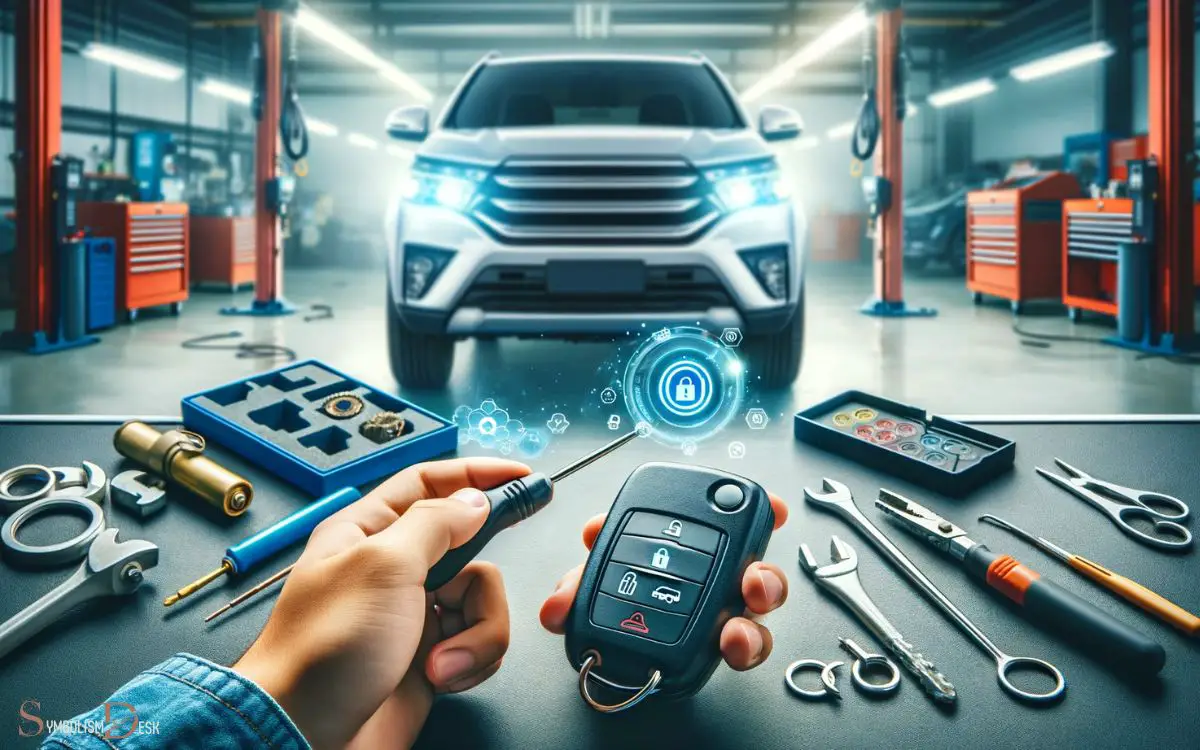
When troubleshooting issues with a key fob and security system, start by checking the battery level in the key fob. A low battery can cause intermittent issues with the key fob’s signal transmission.
Next, ensure that the key fob is being used within the recommended range and that there are no obstructions interfering with the signal. It’s also important to inspect the key fob for any physical damage that may be affecting its functionality.
If the key fob appears to be in good working condition, consider reprogramming it according to the manufacturer’s instructions.
If these steps do not resolve the issue, it may be necessary to have the vehicle’s security system inspected by a professional to identify any underlying problems.
Prevention and Maintenance Tips
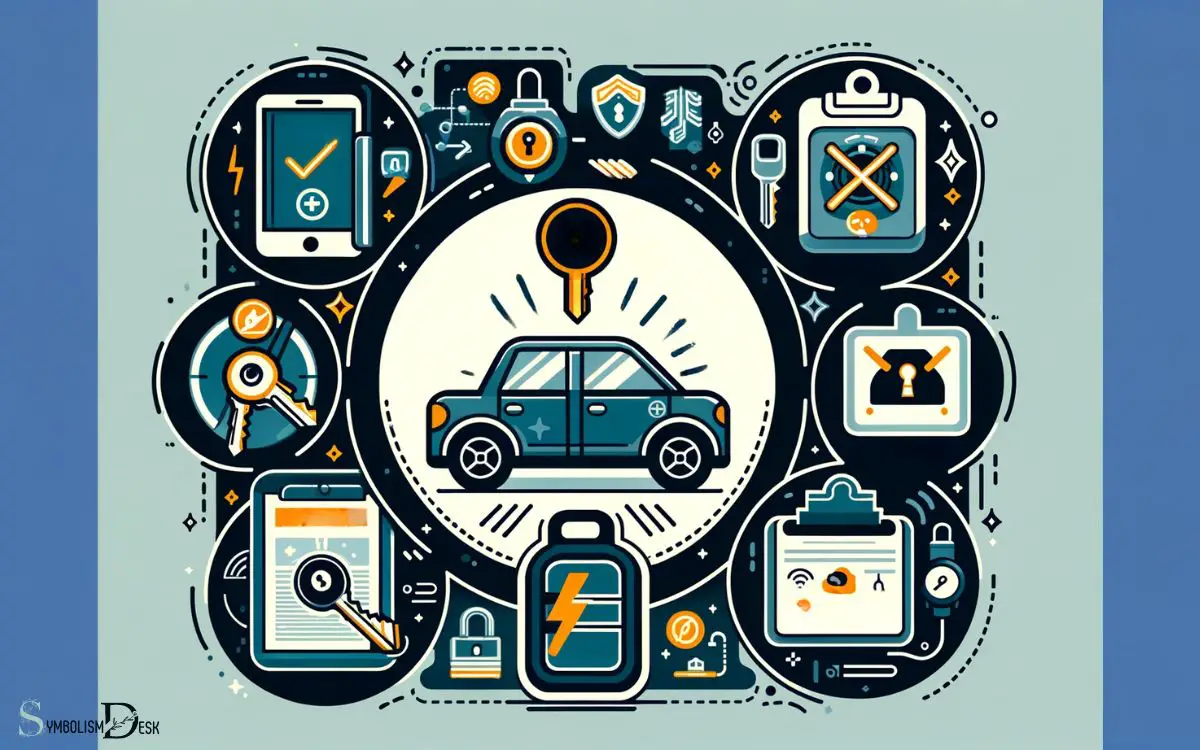
The vehicle’s prevention and maintenance tips include regular inspection of the key fob’s battery level and signal range to ensure proper functioning. It is also important to keep the key fob clean and free from dirt or debris that could interfere with its signal transmission.
Additionally, scheduling regular maintenance checks with a certified technician can help identify any potential issues with the vehicle’s security system and address them promptly.
Lastly, storing the key fob away from electronic devices or other key fobs can prevent signal interference and prolong its battery life.
- Regularly inspect key fob battery level and signal range
- Keep key fob clean and free from dirt or debris
- Schedule regular maintenance checks with a certified technician
Conclusion
The flashing car with key symbol is a warning that should not be ignored. It indicates potential issues with the vehicle’s security system or key fob, which can impact the vehicle’s operation.
By understanding the causes and taking proactive steps to address the issue, drivers can prevent potential disruptions and maintain the functionality of their cars.
Regular maintenance and troubleshooting can also help prevent future occurrences of this warning, ensuring a smooth driving experience.





